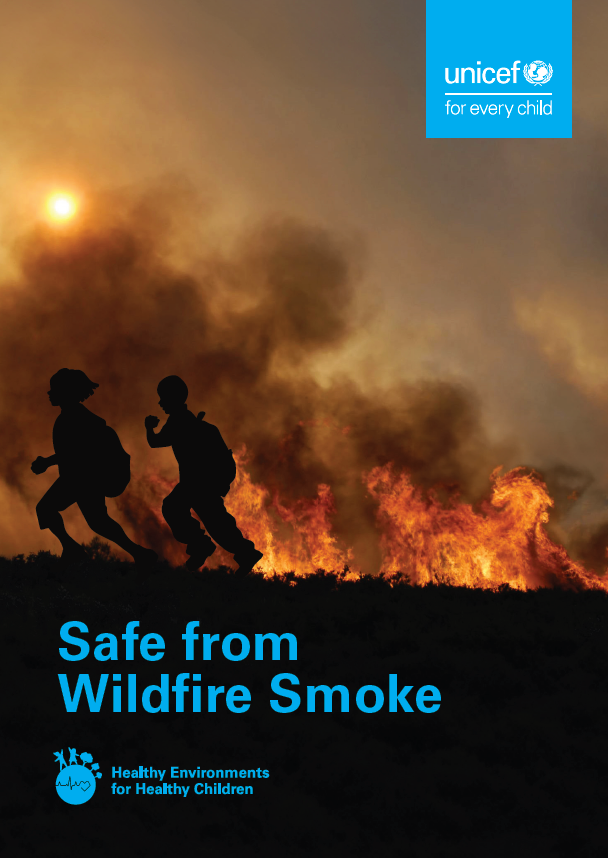Wildfires unleash bursts of fine particulate matter (PM2.5) exposure – repercussions that can extend beyond the immediate crisis. Unlike prolonged exposure to ambient air pollution, the PM2.5 emanating from landscape fires is intermittent yet significantly more intense, posing a distinctive peril. The impact of wildfire smoke on children is profound and unsettling. Studies reveal that wildfire-specific PM2.5 is approximately 10 times more harmful to children’s respiratory health compared to PM2.5 from other sources, particularly affecting the vulnerable age group of 0 to 5 years.
Wildfire smoke has been extensively linked to increased respiratory morbidity and mental health issues, ranging from asthma and cardiovascular diseases to lung ailments. Prenatal exposure to wildfire smoke is associated with low birthweight, premature birth and increased risk of child deaths. Moreover, the enduring impact of wildfires extends beyond immediate health concerns and casts a long shadow on children due to injuries, disabilities, trauma, loss of learning and recreational opportunities, and displacement.
This technical note endeavours to distil a wealth of research, guidance and tools, and synthesize a comprehensive understanding of the impact of wildfire smoke on children. It is intended for policymakers and implementers, and seeks to empower meaningful action that shields children from the harmful effects of wildfire smoke, supplementing existing guidance on air pollution.
